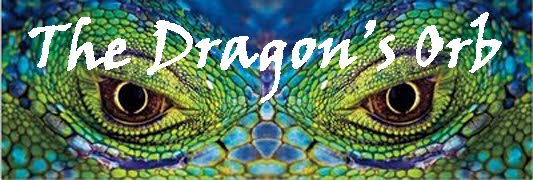I decided to start breaking it down from the very beginning. The posture we take at the very beginning, and throughout our Aikido practice is shizentai.
Almost unique in the martial arts, Tomiki Aikido/Judo promotes a natural body stance and posture, the entire time the art is practiced. Judo, Karate and Kendo also use this term, but they use many defensive postures, horse stances and deep lunges. I feel because of this they do not draw on the strength Shizentai offers, the way a Tomiki Ryu student does. We do not contort our bodies into low stances, we merely stand and walk; relaxed, balanced and alert. While it may seem simple, like all things in Japanese arts it becomes infinitely complicated in it's simplicity. Kind of a Zen...eh?
A passage from Fundamental Principles of Judo by Kenji Tomiki
"The shizentai, or natural posture, is the posture of a person standing quietly with his head and upper body kept upright, arms hanging without constraint and legs not so firm and widely apart. This is the description of the proper posture as regards its form, but it has a deeper, wider significance. When this posture is maintained, it may be considered that 1) the body keeps stability and does not fall and 2)as the limbs are kept soft they can shift to any action at any moment."
I plan on spending my next blog hours in front of a computer really breaking down Shizentai.
A kendo discussion of Shizentai
http://www.kendo-guide.com/shizentai.html





The Walking Kata isn't a part of Yoshinkan training, so this reader finds it interesting. I also find taking something apart, turning it over, and trying to slice it every way you can to be interesting as well.
ReplyDelete